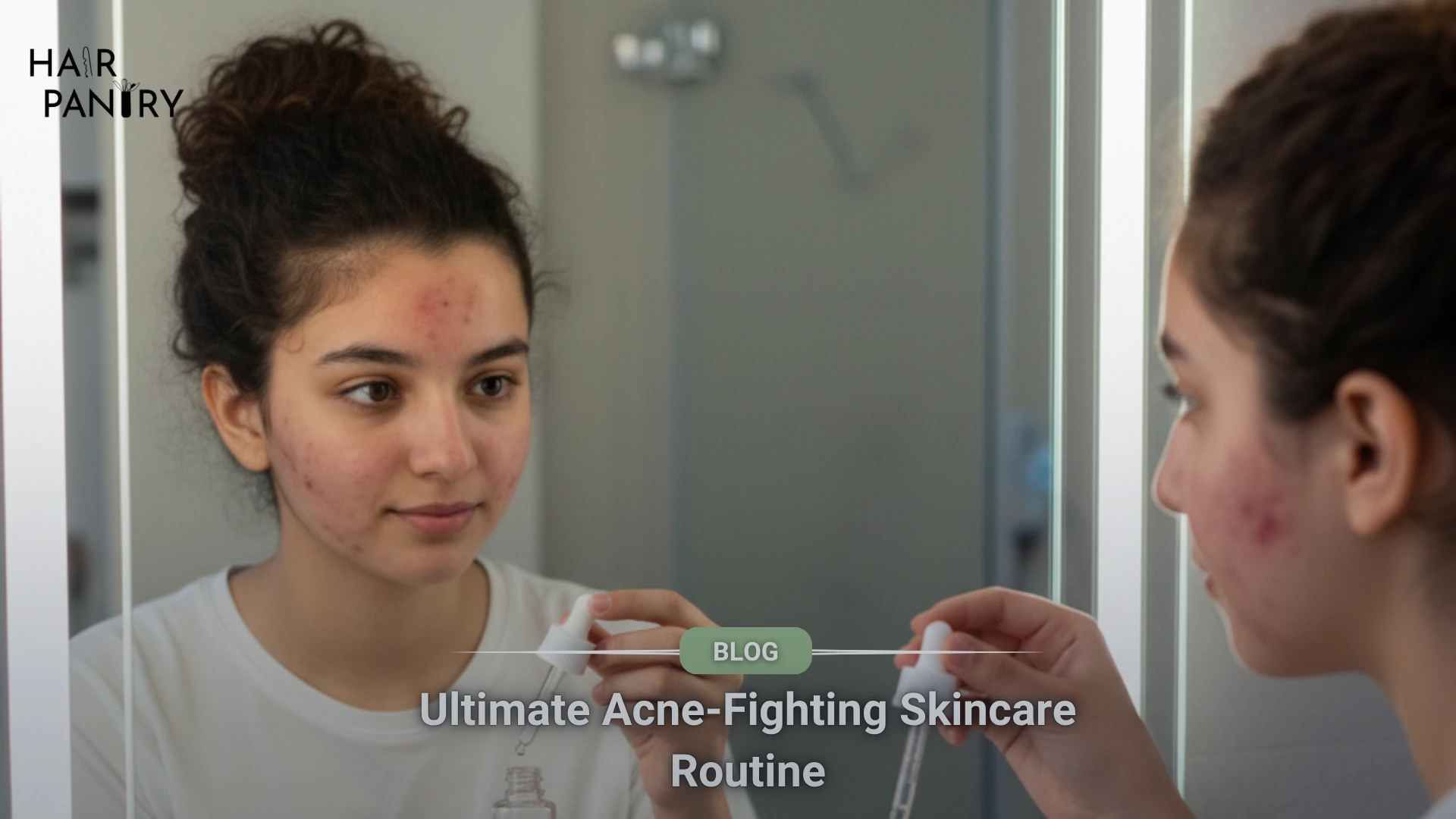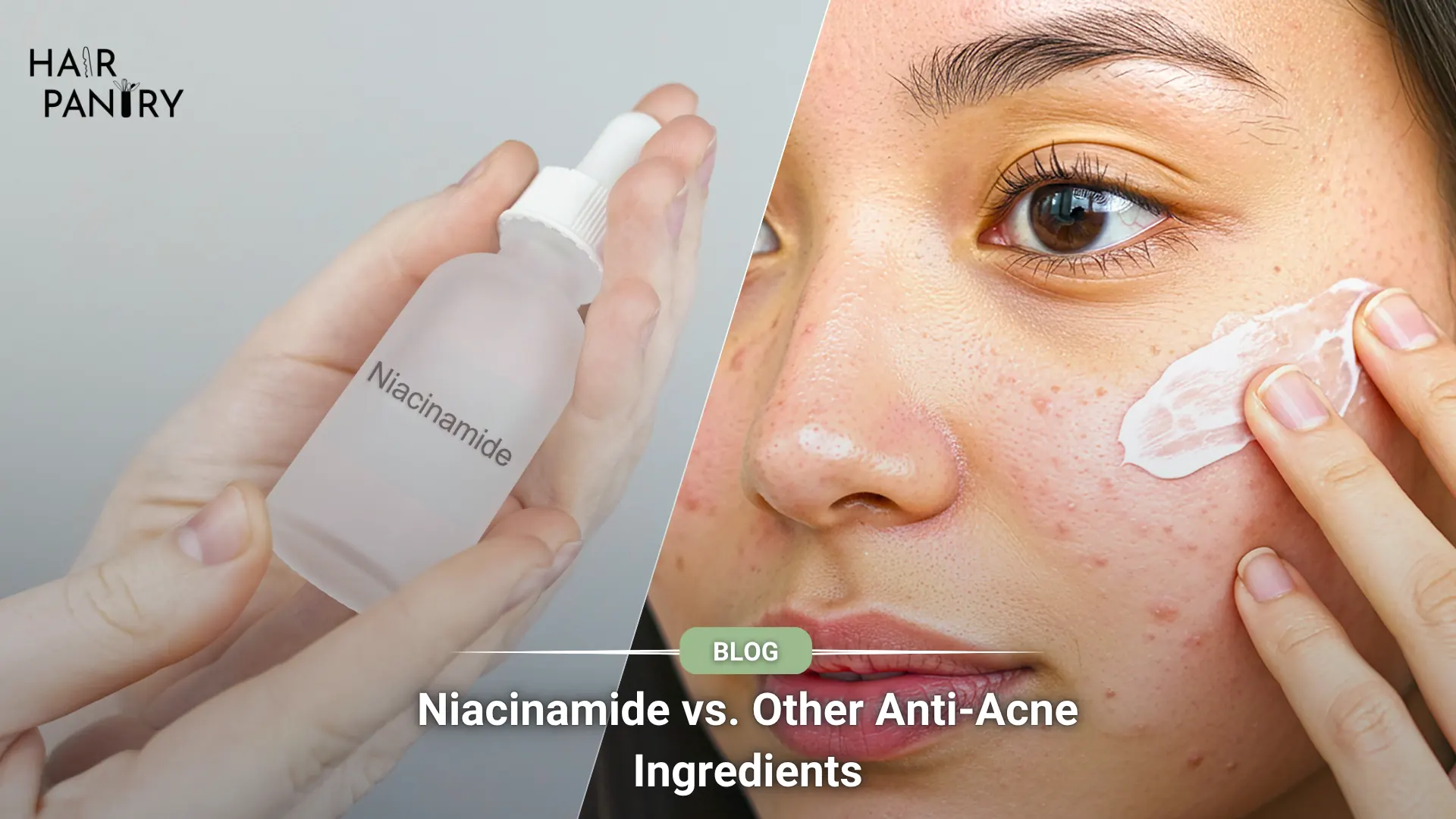

Acne is rarely a simple puzzle. Hormones, oil production, bacteria, and skin barrier dysfunction all collide to create breakouts, which is why no single ingredient can claim the crown. Yet in the crowded world of anti-acne ingredients, one name has risen above the noise: niacinamide. Once an overlooked form of vitamin B3, it has become a star player in skincare for its versatility and gentleness. But how does it truly compare to the heavy hitters like salicylic acid, benzoyl peroxide, or retinoids?
This article dives deep into the science, strengths, and weaknesses of niacinamide versus its peers. By the end, you’ll have a clear view of how to integrate these activities strategically, not just stack them in your cabinet.
Before unpacking the ingredient battle, it’s worth revisiting why acne demands such a nuanced approach. Breakouts aren’t just the result of clogged pores. They stem from four major factors:
Excess sebum (oil) production
Abnormal shedding of skin cells inside pores
Bacterial overgrowth (Cutibacterium acnes)
Inflammation
Any effective acne-fighting strategy needs to tackle at least two of these pathways, which is why ingredient choice matters so much.
Niacinamide is often praised for what it doesn’t do: it doesn’t irritate, it doesn’t bleach clothes (looking at you, benzoyl peroxide), and it doesn’t make skin peel dramatically. Instead, it quietly rebalances the skin.
Niacinamide reduces sebum production, which minimizes clogged pores. It strengthens the skin barrier, helping it hold onto hydration. It also calms redness and has antioxidant properties, reducing the overall inflammatory environment that fuels acne.
Sensitive or combination skin types
People with mild to moderate acne
Those looking for a preventative, long-term approach
Niacinamide isn’t the fastest actor in the lineup, but it provides steady, broad benefits without the drama.
When people think of anti-acne ingredients, salicylic acid often tops the list. This beta-hydroxy acid is oil-soluble, meaning it doesn’t just sit on the surface, it travels into pores to dissolve debris.
It exfoliates dead skin cells, unclogs pores, and reduces inflammation. Unlike physical scrubs, it works at a microscopic level, minimizing irritation.
Particularly effective for blackheads and whiteheads
Visible results can appear within weeks
Overuse can lead to dryness or irritation, especially in sensitive skin
Salicylic acid works faster than niacinamide but isn’t always tolerable for daily, long-term use without balance.
If acne had a villain, it would be Cutibacterium acnes. Benzoyl peroxide directly targets these bacteria while also helping to reduce inflammation.
It releases oxygen within pores, creating an environment where acne-causing bacteria cannot survive. It also has mild exfoliating properties.
Highly effective for inflamed, red pimples and pustules
Often prescribed as a first-line treatment
Can cause dryness, irritation, or bleaching of fabrics
Compared to niacinamide, benzoyl peroxide is a more aggressive fighter but lacks the gentleness and skin-strengthening effects.
Retinoids (like adapalene, tretinoin, and retinol) are derivatives of vitamin A and have decades of research behind them. Dermatologists often consider them the backbone of acne treatment.
Retinoids normalize the shedding of skin cells, preventing clogged pores. They also increase cell turnover and improve collagen production, helping with both active acne and long-term scarring.
Excellent for persistent or stubborn acne
Reduces both breakouts and post-acne marks
Canirritaten, peeling, and initial breakouts during the adjustment phase.
Where niacinamide is soothing, retinoids can feel like a crash course. The two often work beautifully together, balancing strength with support.
To put this in perspective, let’s map the benefits side by side.
Niacinamide: Regulates oil, calms redness, strengthens barrier, reduces inflammation. Best for maintenance and prevention.
Salicylic Acid: Clears pores and exfoliates. Best for blackheads, whiteheads, and oily skin.
Benzoyl Peroxide: Kills acne-causing bacteria. Best for inflamed, pus-filled breakouts.
Retinoids: Increase cell turnover, prevent clogged pores, reduce scarring. Best for persistent acne and post-acne marks.
Each ingredient addresses different acne pathways. Instead of asking which one is “best,” the smarter approach is to understand how they can complement one another.
The real magic often happens when these ingredients are used in harmony:
Niacinamide + Salicylic Acid: Clears pores while calming redness and regulating oil.
Niacinamide + Retinoids: Retinoids exfoliate and renew, while niacinamide reduces irritation and strengthens the barrier.
Niacinamide + Benzoyl Peroxide: Benzoyl peroxide attacks bacteria, while niacinamide soothes dryness and irritation.
Niacinamide acts like the diplomat, smoothing over conflicts caused by stronger actives and helping skin tolerate them long-term.
Even the most powerful anti-acne ingredients can fall short if the basics aren’t in place. Supporting factors include:
Consistent cleansing with a gentle, pH-balanced cleanser
Daily moisturizing with non-comedogenic formulas
Sunscreen, especially when using exfoliants or retinoids
Balanced diet and stress management to reduce systemic inflammation
Think of these as the stage on which your chosen activities perform. Without the right environment, their effectiveness drops.
A truth often overlooked: acne treatments take time. Niacinamide may take 6–8 weeks to show clear improvements, while retinoids usually demand months of consistency. Salicylic acid and benzoyl peroxide can act faster, but without patience and persistence, results won’t last.
Skin responds best to steady, sustainable care, not constant switches between products.
If acne remains severe, cystic, or unresponsive to over-the-counter routines, dermatologists can provide prescription-level options. These may include stronger retinoids, oral antibiotics, hormonal treatments, or even isotretinoin. Over-the-counter actives lay the foundation, but medical support can reinforce it when needed.
When comparing niacinamide vs. other anti-acne ingredients, the real takeaway isn’t competition, it’s complementarity. Niacinamide shines as the steady, barrier-supporting multitasker, while salicylic acid, benzoyl peroxide, and retinoids deliver targeted strikes. Together, they create a layered defense system against acne’s many causes.
Acne doesn’t yield to one weapon alone. It responds to strategy, patience, and thoughtful combinations. With knowledge of what each ingredient does best, you can build a routine that doesn’t just fight acne but also helps your skin thrive.